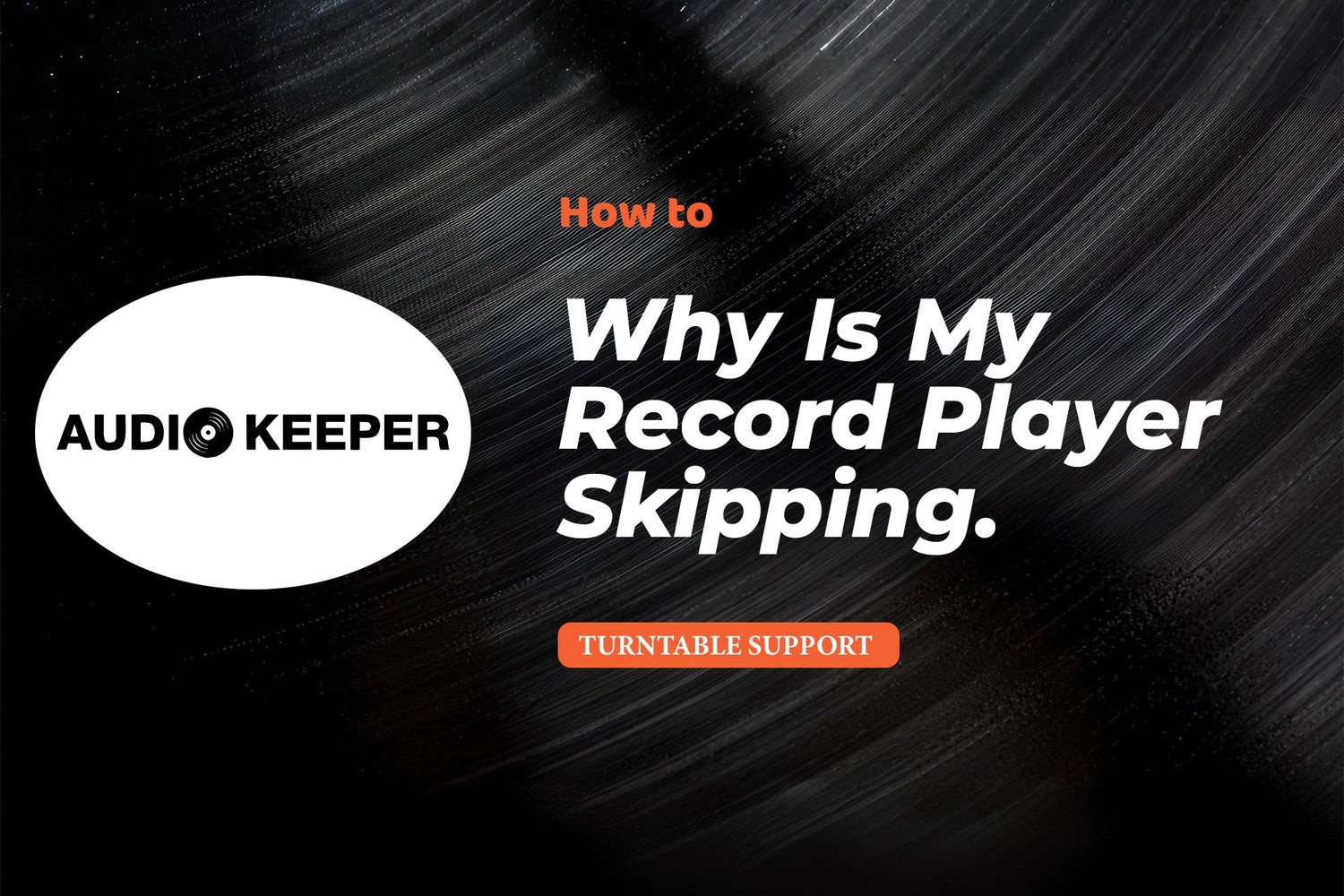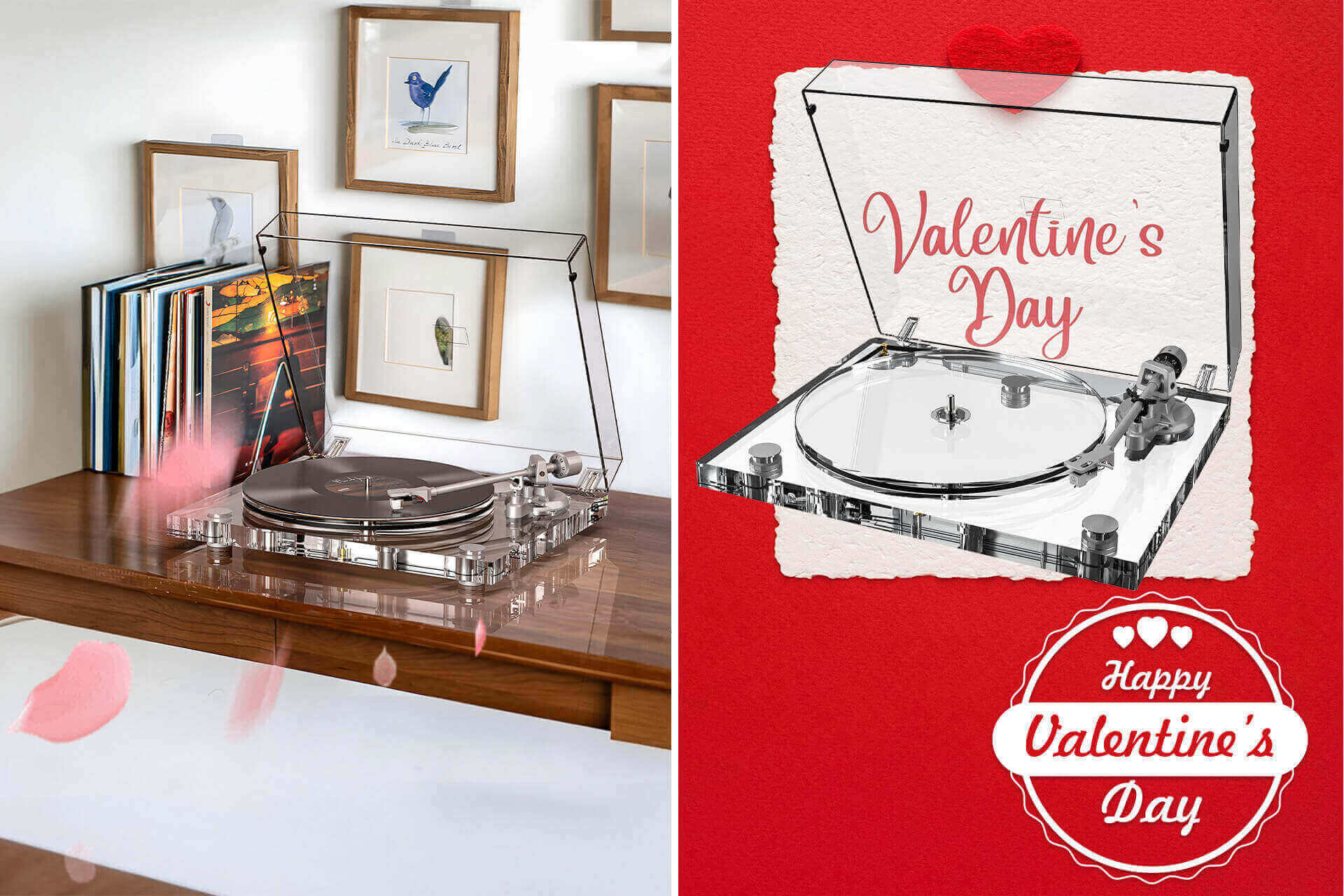Listening to vinyl records offers a unique warmth and charm, but nothing breaks the mood like a skipping or stuttering turntable. Whether you’re a seasoned vinyl enthusiast or a new collector, encountering playback issues can be frustrating. The good news? Most skipping and stuttering problems have straightforward fixes you can handle at home. Here’s a step-by-step guide to get your records spinning smoothly again.
Common Causes of Skipping
-
Dirty Stylus or Cartridge
Dust and debris build-up on the needle can cause it to jump or skip grooves. Cleaning your stylus regularly is crucial for smooth playback. -
Dirty or Damaged Records
A dusty, scratched, or warped record surface makes it hard for the needle to track properly, resulting in skips. -
Incorrect Tracking Force
If the stylus pressure is too light, it won’t stay in the groove; too heavy, and it can cause excessive wear and poor sound. -
Unbalanced Tonearm
A tonearm that isn’t correctly balanced won’t track evenly, leading to skipping. -
Worn or Loose Drive Belt (Belt-Drive Turntables)
A stretched or slipping belt can cause irregular rotation speed and stuttering playback. -
Slip or Movement on the Platter Mat
If the mat under the record is loose or slippery, the record can shift unexpectedly.
Causes of Stuttering or Choppy Playback
-
Unstable Motor Power
Fluctuations in power supply can cause inconsistent platter speed. -
Mechanical Wear or Loose Parts
Over time, internal parts may loosen or wear out, causing jerky movement. -
Poor Cable Connections or Interference
Loose or damaged cables and interference can cause audio dropouts.
Step-by-Step Troubleshooting Guide
-
Clean Your Stylus and Records
Use a soft brush or stylus cleaner to gently remove dust from the needle. Clean records with a microfiber cloth or vinyl cleaning solution. -
Adjust Tracking Force and Tonearm Balance
Check your turntable manual for the correct tracking weight. Use a tracking force gauge if available, and ensure the tonearm is level and balanced. -
Inspect and Replace the Drive Belt if Needed
For belt-drive models, check the belt for signs of wear or looseness. Replace if it’s stretched or damaged. -
Secure the Platter Mat and Record
Make sure the mat is non-slip and properly seated. Use a clamp or weight if necessary to keep the record stable. -
Check All Cable Connections
Ensure RCA or other audio cables are firmly connected without damage. Avoid cable tangling and keep cables away from power cords to minimize interference. -
Verify Power Stability
Plug your turntable into a stable power source. Use surge protectors to avoid voltage fluctuations.
Maintenance Tips to Prevent Skipping
- Keep your stylus and records clean with regular maintenance.
- Use a dust cover to protect your turntable when not in use.
- Place your turntable on a flat, stable surface away from vibrations.
- Store vinyl records vertically in a cool, dry place.
When to Seek Professional Help
If you’ve tried these steps and the skipping or stuttering persists, it might be time to consult a professional technician. Persistent mechanical issues, damaged internal components, or cartridge replacement often require expert attention.
Conclusion
Skipping and stuttering can disrupt the magic of vinyl listening, but most problems are easily fixable with a bit of care and attention. Regular maintenance and proper setup are key to enjoying crisp, uninterrupted sound from your turntable. Whether you’re new to vinyl or a long-time collector, these tips will keep your records spinning smoothly for years to come.












Leave a comment
All comments are moderated before being published.
This site is protected by hCaptcha and the hCaptcha Privacy Policy and Terms of Service apply.